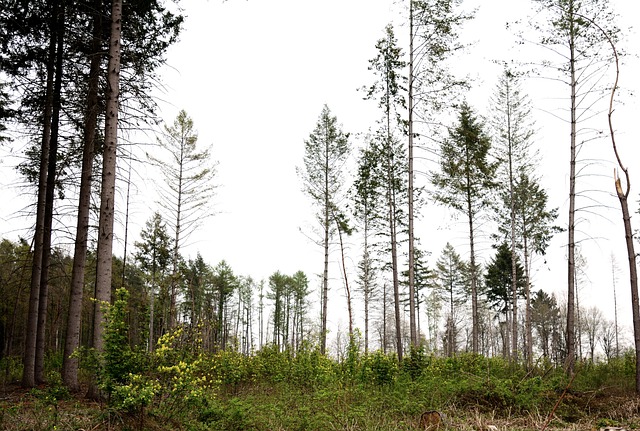In the face of climate change, one of the most pressing issues is the increasing threat of desertification. As vast areas of land become barren and unyielding, the delicate balance of our ecosystems falters. Among the various strategies to combat this crisis, afforestation stands out as a beacon of hope, capable of revitalizing the environment and restoring life to parched regions.
Afforestation involves planting trees in areas where there were none before, transforming arid landscapes into flourishing ecosystems. This process not only combats desertification but also contributes significantly to the mitigation of climate change. Forests play a critical role in carbon sequestration; they absorb carbon dioxide from the atmosphere, helping to counteract the greenhouse gases that contribute to global warming. By investing in afforestation, we are not merely planting trees; we are sowing seeds of resilience for our planet.
The benefits of afforestation extend far beyond carbon storage. New forests create habitats for diverse flora and fauna, supporting biodiversity that is vital for healthy ecosystems. Consider the stark contrast of a deforested landscape compared to one thriving with trees—lush canopies provide shelter and food for countless species, fostering an environment where life can flourish. Furthermore, trees play a crucial role in maintaining soil quality, preventing erosion, and improving water retention in the ground. By restoring vegetation cover, we can arrest the degradation of land and ensure that soils are healthier and more productive.
As the climate continues to change, we must acknowledge the symbiotic relationship between afforestation and water security. Trees significantly influence rainfall patterns through the process of transpiration, which releases water vapor into the atmosphere, leading to cloud formation and precipitation. In regions affected by desertification, the restoration of forests can contribute to more reliable and predictable rainfall, ensuring that communities have access to freshwater resources—a vital necessity for both people and agriculture.
Communities around the world are beginning to recognize the power of afforestation as a tool for both environmental restoration and economic development. Initiatives that combine tree planting with local community stewardship not only foster a sense of ownership but also provide employment opportunities and sustainable resources. This participatory approach empowers individuals to become stewards of their environment, encouraging a deeper connection to nature and instilling a sense of pride in their role in revitalizing the earth.
However, the journey towards widespread afforestation is not without its challenges. Economic pressures, land-use conflicts, and political barriers can impede progress. It is crucial for governments, organizations, and individuals to collaborate, leveraging resources and knowledge to create systematic solutions that prioritize afforestation. Moreover, integrating traditional ecological knowledge from local communities can enhance the efficacy of afforestation efforts, ensuring that they are tailored to the unique characteristics of each ecosystem.
In conclusion, as we grapple with the realities of climate change and desertification, afforestation offers a pathway to not only heal our planet but also to enhance our collective resilience. Nurturing new forests is a commitment to a greener future, a step towards restoring the intricate web of life that sustains us all. The time for action is now, and together, we can forge a healthier relationship with our environment, ensuring that the earth remains a vibrant and thriving habitat for generations to come.


